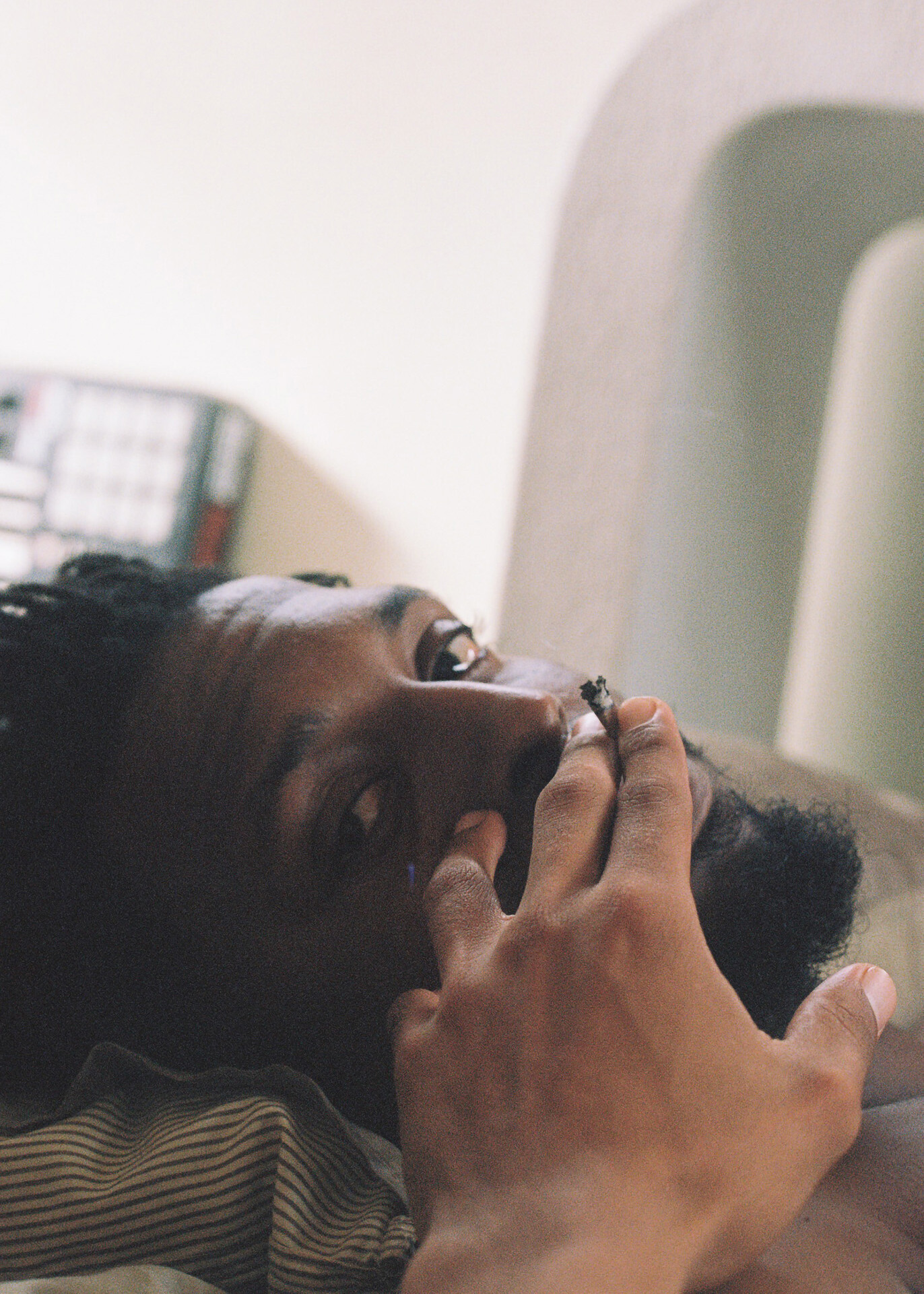March 23, 2024–January 5, 2025
Amfipladsen 7
5000 Odense
Denmark
Hours: Tuesday–Sunday 10am–5pm,
Thursday 10am–9pm
T +45 65 20 70 00
info@brandts.dk
Queer photography at Kunstmuseum Brandts
From the humdrum of the everyday to the experimental and, in some cases, potentially dangerous love life of parts of the queer community: In the photography exhibition Love, Lust and Freedom, international heavyweights, young talents and established photographers depict and insist on the human right to exist and express who you are. The exhibition contains touching stories about the discovery of sexual identity, poetic accounts of loneliness and glimpses into uncompromising underground cultures where anything goes—but is not always safe. It contains hard muscles, tattoos and barren basements, but also tender glances and gentle embraces.
“The exhibition invites us into a universe where we might recognize aspects of ourselves or find our open-mindedness being put to the test. It’s about the very basic right to love whoever you love, and to live a life where you are true to yourself,” says Stine Høholt, Director of Kunstmuseum Brandts.
Featuring works by acclaimed, international pioneers such as Nan Goldin, Wolfgang Tillmans, Robert Mapplethorpe and Sven Marquardt, the exhibition is the first in Denmark to focus on the unique ability of photography to depict queer life.
Love caught on camera
Fighting for the right to love someone of the same sex, and to stand by one’s desires, takes courage and strength. This right still cannot be taken for granted in most parts of the world, and even in Europe’s “Queer Capital”, Berlin, where several of the photographers live and work, queer people are harassed in some parts of the city. In Denmark, it was illegal for two men to dance together until 1973, and it wasn’t until 1981 that homosexuality was removed from the Danish Health Authority’s list of mental disorders. For transgender people, this happened as recently as 2017.
Historically, photography has played an important role in the lives of the “lawless” people who have been forced to live under the radar, with no prospect of being open about their sexual orientation. Photographs have been used as a secret code. For example, a photo of two men under an umbrella signaled that a person was gay. Many people also kept a small photo of their loved one in their inner pocket—a small gesture, insisting on the fact that “we exist”.
Love, Lust and Freedom is based on works from the museum’s own extensive photo collection and works by several contemporary artists, selected in close co-operation and dialog with the curator throughout the three-year planning phase:
“The works allow plenty of room for interpretation, giving the exhibition an immediacy rather than making it a political statement. That´s the liberated space that art can create—this exhibition wasn’t created to speak for someone, but to speak with someone,” says Marianne Ager, curator of the exhibition.
The exhibition also contains a specific section that delves into historical material from around 1900, depicting queer love among women. This section was created by Senior Research Fellow Mette Kia Krabbe Meyer at the Royal Danish Library and Professor Rikke Andreassen from Roskilde University. They are both part of the research project Queer Women 1880-2020 (New Histories of Same-Sex Relationships 1880–2020) supported by the Independent Research Fund Denmark.
Love, Lust and Freedom features works by the following artists: Mengwen Cao (b.1990), MC Coble & Louise Wolthers, Samet Durgun (b.1988), Nan Goldin (b.1953), Marvel Harris (b.1995), Florian Hetz (b.1980), Clifford Prince King (b.1993), Julie Lauerberg (1856-1925), Robert Mapplethorpe (1946-1989), Sven Marquardt (b.1962), Rafal Milach (b.1978), George Nebieridze (b.1990), Niels Nedergaard (1944-1987), Ralf Obergfell (b.1971), Tero Puha (b.1971), Laurence Rasti (b.1990), Mary Steen (1856-1939), Christer Strömholm (1918-2002), Dónal Talbot (b.1995), Birk Thomassen (b.1988) and Wolfgang Tillmans (b.1968).



